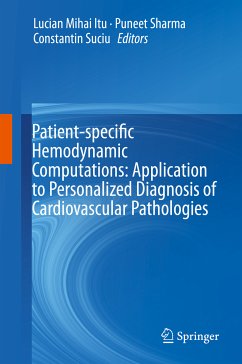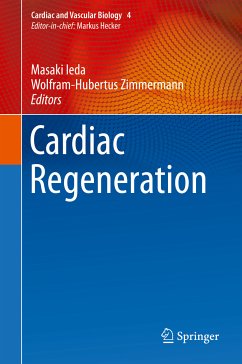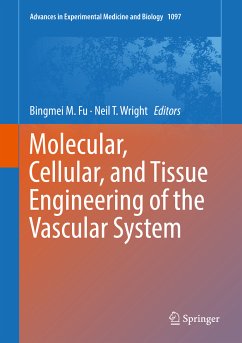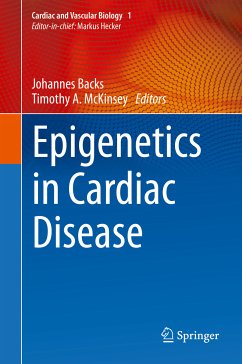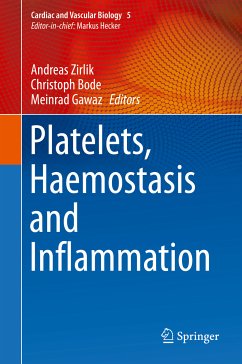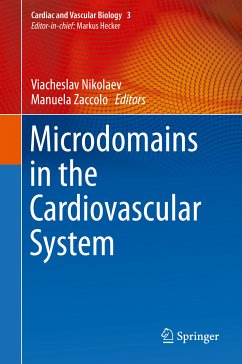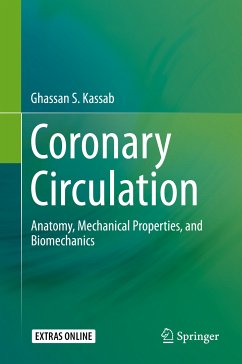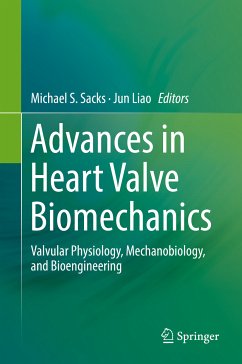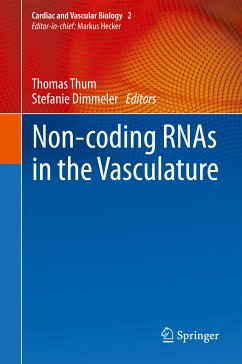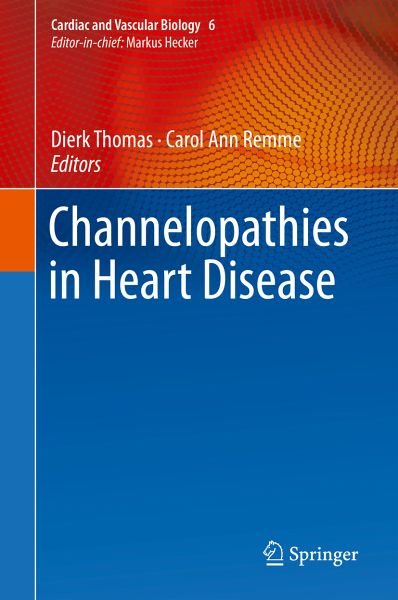
Channelopathies in Heart Disease (eBook, PDF)
Versandkostenfrei!
Sofort per Download lieferbar
112,95 €
inkl. MwSt.
Weitere Ausgaben:

PAYBACK Punkte
56 °P sammeln!
This book provides an expert overview on ion channel-related arrhythmia mechanisms, and describes important advances in our understanding of how ion channel dysfunction causes cardiac disease. Both, scientific findings and clinical implications are presented and discussed by scientists who have considerably contributed to the field.The book is organized in three parts: part I treats the molecular and electrophysiological mechanisms of function and dysfunction of ion channels, part II focuses on genetics and clinical findings, whereas part III describes novel research techniques, the use of ste...
This book provides an expert overview on ion channel-related arrhythmia mechanisms, and describes important advances in our understanding of how ion channel dysfunction causes cardiac disease. Both, scientific findings and clinical implications are presented and discussed by scientists who have considerably contributed to the field.
The book is organized in three parts: part I treats the molecular and electrophysiological mechanisms of function and dysfunction of ion channels, part II focuses on genetics and clinical findings, whereas part III describes novel research techniques, the use of stem cells and animal models and provides an outlook on future investigations and applications.
The book is written for scientists in Cardiovascular Biology and Neuroscience and will be of general interest to Medical Doctors in Cardiology, Cardiac Electrophysiology and related disciplines.
The book is organized in three parts: part I treats the molecular and electrophysiological mechanisms of function and dysfunction of ion channels, part II focuses on genetics and clinical findings, whereas part III describes novel research techniques, the use of stem cells and animal models and provides an outlook on future investigations and applications.
The book is written for scientists in Cardiovascular Biology and Neuroscience and will be of general interest to Medical Doctors in Cardiology, Cardiac Electrophysiology and related disciplines.
Dieser Download kann aus rechtlichen Gründen nur mit Rechnungsadresse in A, B, BG, CY, CZ, D, DK, EW, E, FIN, F, GR, HR, H, IRL, I, LT, L, LR, M, NL, PL, P, R, S, SLO, SK ausgeliefert werden.



